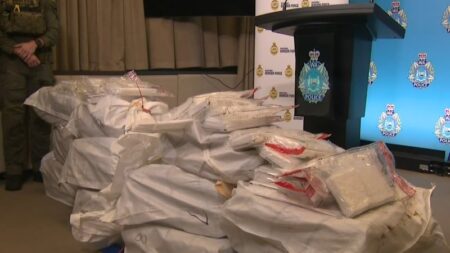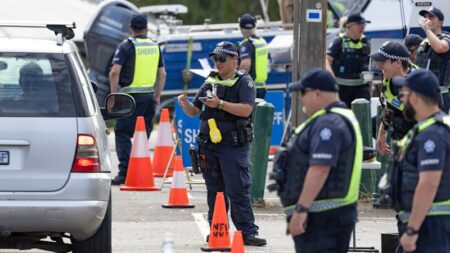A hospital in Sydney’s inner west is paying private contractors almost $200,000 a month to keep up with demand for MRIs, X-rays and other scans as one-quarter of positions in its radiology department remain unfilled.
Sydney Local Health District spent more than $2.4 million last financial year on outsourcing radiology work at Concord Hospital, internal NSW Health data seen by the Herald reveals.
The bulk of the expenditure occurred from July to September last year, when the hospital was still grappling with a backlog of radiology scans that snowballed to more than 50,000 at its peak.
Concord Hospital is still spending hundreds of thousands a month on outsourcing radiology reports to a private contractor. Credit: James Brickwood
Despite the backlog falling to around 200 images older than a month by September, the data shows the hospital has continued to spend hundreds of thousands outsourcing the work of analysing and reporting on diagnostic images such as X-rays, MRIs and CT scans.
Sydney Local Health District did not respond to a request for comment.
Frustrations with the hospital’s stretched radiology department reignited last week after the NSW ombudsman released an investigation into the causes of the backlog, which found the health district was warned about issues with staffing and workload as early as 2019 but failed to take steps to avert the crisis.
In answers to questions from the hospital’s Medical Staff Council last month, health district chief executive Deb Willcox said there were three full-time equivalent vacancies in the department at the end of June – one quarter of the 12½ funded positions.
The ombudsman investigation found staffing levels in radiology had been a major concern for years, but salaries and bonuses offered to recruit new radiologists were “lower than the state average”. The Royal Australian and New Zealand College of Radiologists (RANZCR), the body responsible for overseeing radiologist training, recommended in 2019 an additional five full-time radiologists to ensure the department could keep on top of demand and meet its accreditation requirements.
Read the full article here














